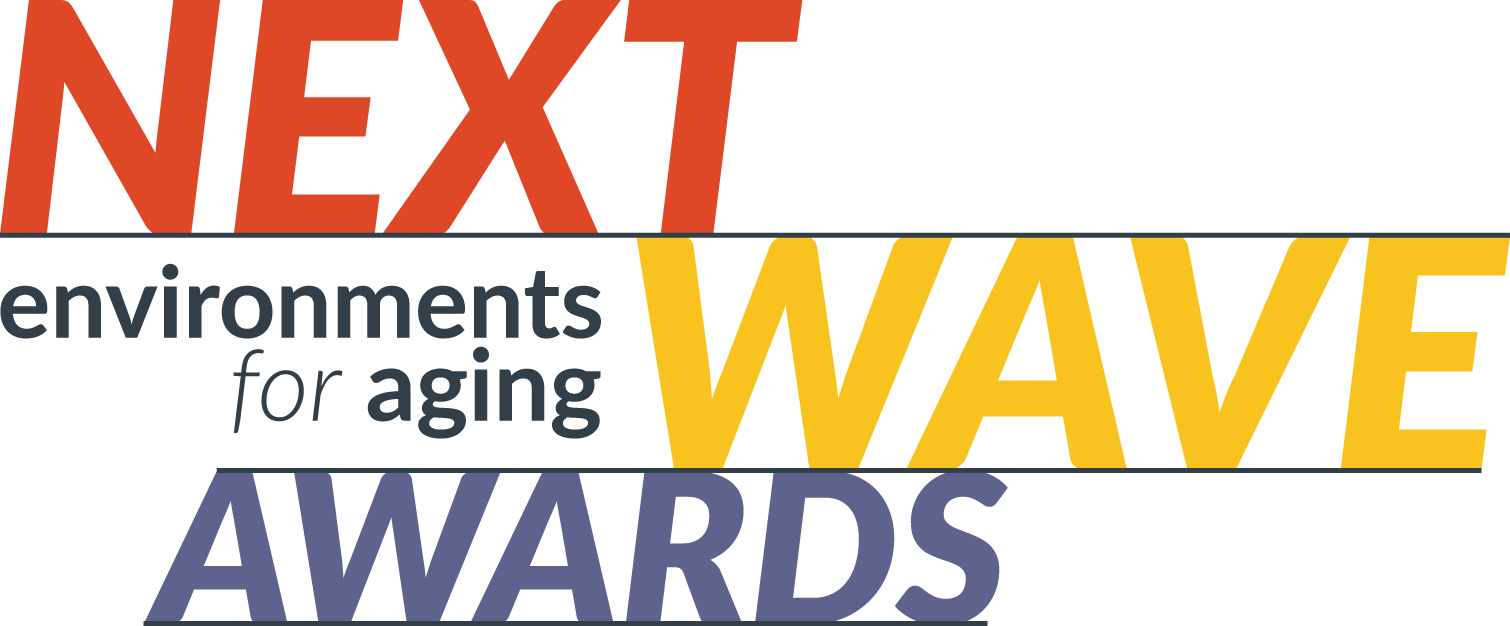Continuing Education Test #172 Based on Long-Term Living March 2012
How to Use the ACHCA Continuing Education Test
- Taking the Pre-Test below is strongly encouraged
- Check your answers with the answer key
-
Click here to register, pay, and take the post-test online. You will receive your certificate of completion immediately.
- Each Post-Test is approved for 2 CE Credits for nursing home administrators and 2 contact hours for nurses. Any questions concerning the online portion of the test should be directed to [email protected].
- The American College of Health Care Administrators (ACHCA) is certified sponsor of professional continuing education with the National Association of Long Term Care Administrator Boards (NAB). This course has been approved for 2 clock hours and 2 participant hours. State licensure boards have the final authority on the acceptance of individual courses.
- The American College of Health Care Administrators is accredited as a provider of continuing nursing education by the American Nurses Credentialing Center's Commission on Accreditation.
PRE-TEST
1. What is the most important solution to reverse the behaviors (Pick: “How to Maximize Reimbursement in Turbulent Times”) that lock systems in negative performance?
a. Improved care planning
b. Monitoring staff performance
c. Better team training
d. Building trust among team members
2. What recent change has reoriented reimbursement for Medicare-covered services with significant funding reductions, as stated by Pick?
a. Cuts in federal funding to skilled nursing facilities
b. Quality Assurance and Performance Improvement (QAPI) requirements
c. RUG-IV refinements
d. MDS 3.0
3. To make a good impression, Todd (“The Turnaround to Survey Excellence”) recommends that within one hour of its arrival, the survey team should receive which of the following?
a. Working schedule for all nurses
b. List of employees hired since previous survey
c. Name and room number of resident council president
d. A copy of disaster preparedness policy and procedures
4. The Five-Star Quality Rating System (Kolus: “Revising the Five-Star Quality Rating System”) was first unveiled in:
a. June 2007
b. December 2007
c. June 2008
d. December 2008
5. Eliopoulos (Care Management) explains the family members may experience which of the following reactions when learning that a loved one has Alzheimer’s?
a. Denial, depression, anger, bargaining and acceptance
b. Depression, fear, depression, bargaining and denial
c. Fear, anger, bargaining, depression and insight
d. Depression, family discord, denial, fear and acceptance
6. The family member who directs patient services and looks after or assists with personal care and home management play which of the following roles? (Care Management)
a. Decision maker
b. Dependent
c. Caregiver
d. Victim
7. The CDC recommends (Focus On) that to effectively kill bacteria and viruses, linens should be washed at:
a. 160°F for 25 minutes
b. 160°F for 30 minutes
c. 180°F for 15 minutes
d. 180°F for 30 minutes
8. In the laundry room OSHA requires hygienic sinks, paper towels, soap dispensers and:
a. shoe coverings
b. hairnets
c. eyewash stations
d. aprons
9. According to Luke Fannon (“5 steps to convert LTC referrals into admissions,” published online here), to maximize the number of admissions a facility must increase the facilities number of qualified leads and increase:
a. the number of sales calls per referral sources.
b. the number of referrals converted into admissions.
c. the total number of referral sources contacted.
d. the number of contacts it makes with potential residents and their families.
10. Fannon says the process of handling objections is to:
a. Understand, empathize and answer
b. Question, answer, follow-up
c. Listen, question, follow-up
d. Repeat objections, understand, call back later
Answers
1. d—building trust among team members
2. c—RUG-IV refinements
3. c—Name and room number of resident council president
4. d—December 2008
5. a—Denial, depression, anger, bargaining and acceptance
6. c—caregiver
7. a—150°F for 25 minutes
8. c—eyewash stations
9. b—the number of referrals converted into admissions
10. a—understand, empathize and answer









